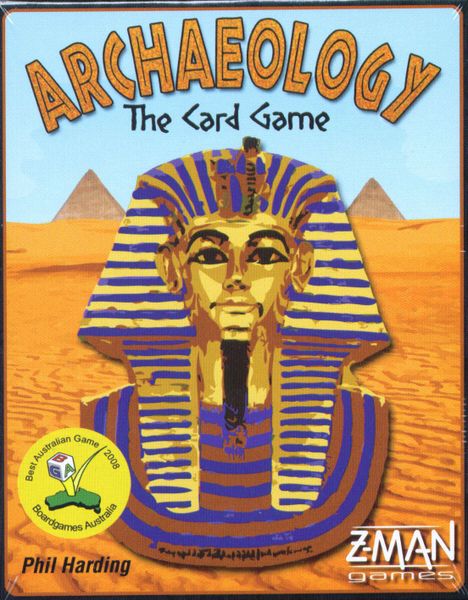Archaeology: The Card Game (2007) Board Game
Archaeology: The Card Game was designed by Phil Walker-Harding and released in 2007 by Adventureland Games. It is a fast-paced card game that combines elements of adventure, ancient artifacts, and exploration. With a runtime of 20 minutes and suitable for players aged 8 and above, it offers an exciting and engaging gameplay experience.
Game Components of Archaeology: The Card Game
How To Setup Archaeology: The Card Game
To set up the game, each player is dealt 4 cards. Then, cards are dealt in specific piles around the pyramid card: 3 cards to the right, 5 cards to the top, and 7 cards to the left. Finally, 5 cards are dealt face up to the table to form the market. The Maps, Thieves, and Sandstorms are shuffled into the deck, and the game can begin.
Gameplay Mechanics and Game Objective
Player Experience
**Archaeology: The Card Game** is a fun, light filler game that captures the essence of treasure hunting in the Egyptian desert. However, it is heavily luck-driven, with frequent interruptions from sandstorms and thieves, making long-term planning challenging. The game’s portability and ease of setup make it a great option for quick gaming sessions, but the high frequency of disruptive events can be frustrating.
Pros
Cons
Personal Thoughts on Archaeology: The Card Game
**Archaeology: The Card Game** is ideal for those looking for a quick, light-hearted gaming experience. It’s perfect for families or casual gamers who enjoy set collecting and don’t mind a game driven by luck. However, it may not be the best choice for players seeking deep strategy or consistent gameplay. Despite its flaws, it remains a fun and affordable addition to any game collection.
We are supported by our audience. When you purchase through links on our site, we may earn an affiliate commission, at no extra cost for you. Learn more.

